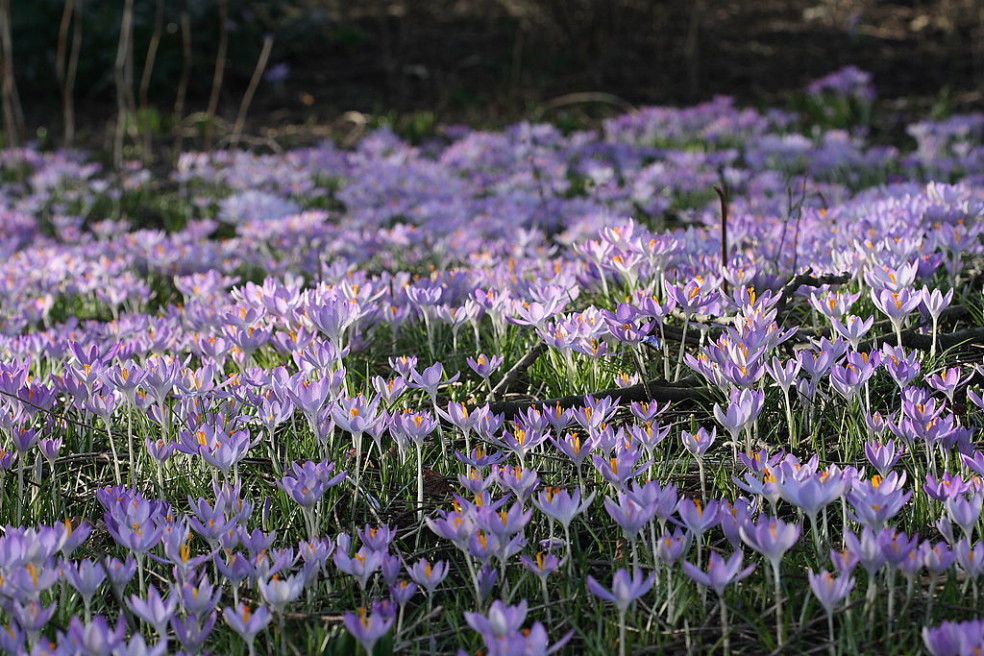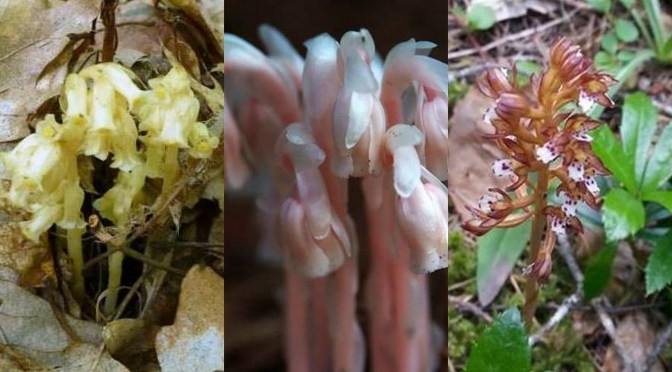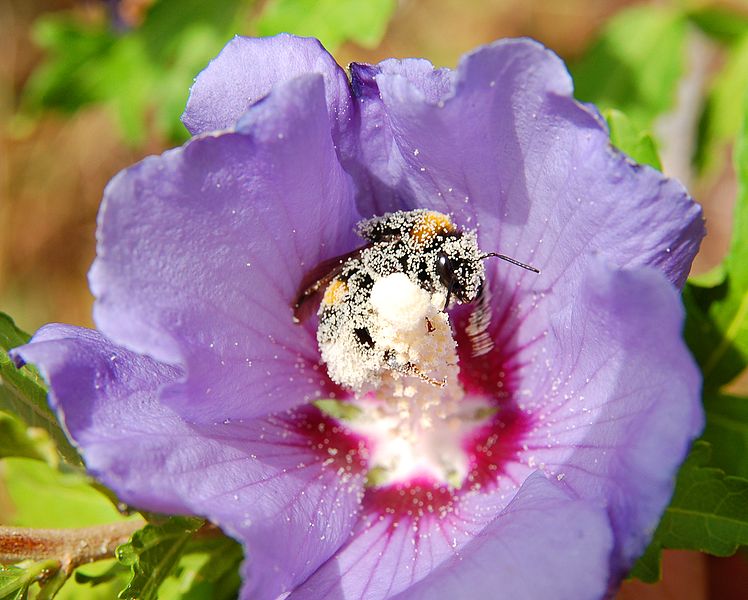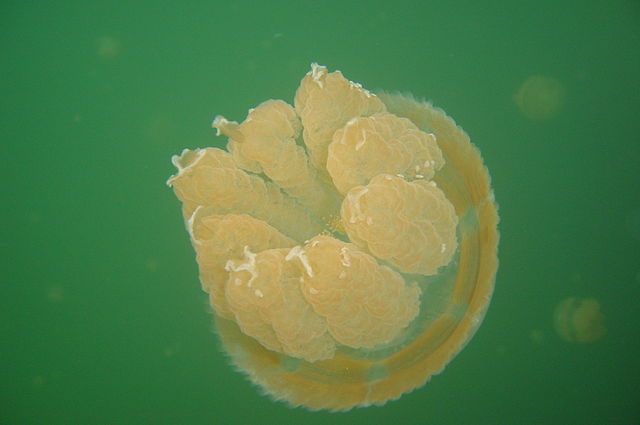It’s that time of year again. Here in Michigan, crocuses are coming out, birds are starting to sing, and the air no longer hurts my face. As spring unfurls, my obsessive love of vegetable gardening is also beginning to emerge and bloom again. I feel compelled to write once again about the garden, that tiny kingdom where you can call upon thousands of years …
Plants Without Chlorophyll: It’s Easy Being Green, But Stealing is Even Easier
Featured images, left to right: pinesap, ghost plant, spotted coralroot orchid. Photos: Katie Grzesiak Plants are Plants Plants make their food with energy from the sun; that’s what is often used to define them as plants. If I want to throw my degrees around, I call them “photoautotrophs,” from the Greek for “light,” “self,” and “feed.” Photosynthesis! It’s super neat, …
Our Nested Origins
Cover photo: Wikimedia User Thesupermat The scientific method is a powerful tool for exploring the physical realities underpinning our existence. But there’s no guarantee that we’ll like what we find once we start the exploration. The physical relationships uncovered by scientific inquiry can be joyful or disturbing, useful or esoteric, controversial or deeply satisfying. Occasionally, science can reveal truths that are just, well, a bit trippy. Endosymbioses are long …
Symbiosis: What’s in a Name?
In the natural world, no species is an island. Every living thing is enmeshed in a web of interdependency with other species. In the broadest sense, all living things depend on the metabolism of other species to deliver the nutrients they need in a form they can use. Without the photosynthesis of the world’s great forests, coral reefs and algae beds, there would …
Spectacular Symbiosis: Leafcutter Ants pt. 1
Of all the animals with which we have the honor of sharing the world, leafcutter ants have to be amongst the most impressive. Over the last ~50 million years, the 47 species of leafcutter ants have achieved remarkable evolutionary success, extending their range from Mexico to Argentina. They are the dominant herbivores in the tropical Americas, and can be major agricultural pests, stripping small trees of their …
Spectacular Symbiosis: A Few Good Viruses
Viruses are one of the last great biological bogeymen facing modern humans. Fire, weapons, and a changing climate have tamed or killed off our ancient predators. For those lucky enough to have access to them, antibiotics have won a long, though fragile and temporary, reprieve from bacterial infections. However, the prospect of a new viral outbreak, for which we do …
Spectacular Symbiosis: Golden Medusa
Isolated saltwater lakes on remote islands of the South Pacific serve as the stage for a surprising and beautiful daily dance. Spotted jellies or golden medusae (Mastigias papua) migrate west-to-east across their lakes every day, in huge, spectacular densities. Why? Like some other jellies, Mastigias harbor symbiotic algae in their tissues. These algae (in the group Zooxanthellae) are related to those found in …






